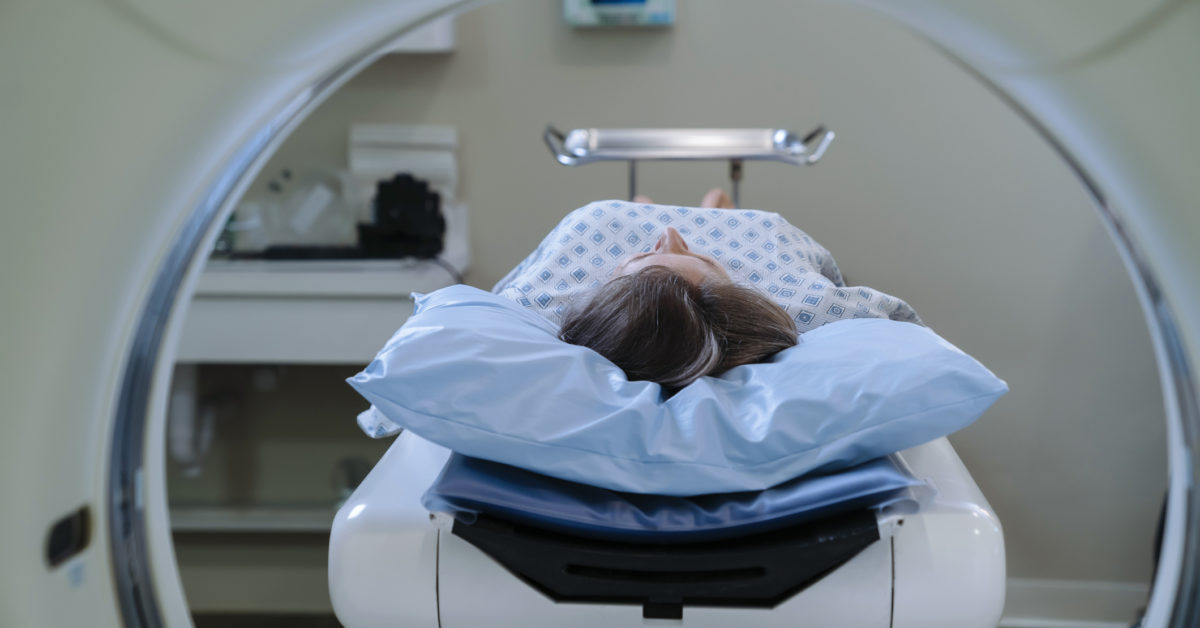People with COVID-19 often experience gastrointestinal symptoms. An analysis of abdominal scans suggests that blood clots in small arteries may starve bowel tissue of oxygen in the most severely ill patients.

In the early stages of the COVID-19 outbreak in China, doctors believed the main symptoms to be fever, cough, muscle pain, and fatigue.
As case numbers rose worldwide, doctors increasingly noted gastrointestinal symptoms, such as diarrhea, nausea, vomiting, and abdominal pain.
Liver damage is another recent observation, particularly in severely ill patients.
SARS-CoV-2, the new coronavirus responsible for COVID-19, uses a receptor protein called angiotensin converting enzyme 2 (ACE2) on the outer surface of cells to break into them.
As a result, tissues that carry a lot of the ACE2 protein on their cell surfaces may be especially vulnerable to infection by the virus and subsequent damage.
ACE2 is abundant on the cells lining the alveoli of the lungs, but large concentrations of the protein also exist on cells that line the small intestine and those lining blood vessels.
Providing further evidence of the vulnerability of the gut, scientists have detected the virus in stool samples from COVID-19 patients.
Recently, clinicians at Massachusetts General Hospital in Boston carried out the first analysis of abdominal scans, revealing changes in the liver and intestine that they associate with the infection.
They report their findings in the journal Radiology.
The researchers studied the records of 412 adults with COVID-19 whom doctors had admitted to the hospital between March 27 and April 10, 2020. Of these, 136 received treatment in intensive care.
Around one-third of all the patients were experiencing gastrointestinal symptoms when they came into the hospital. This is a similar proportion to that of participants of a self-tracking study who had tested positive for SARS-CoV-2.
The medical teams did a total of 42 CT sca

